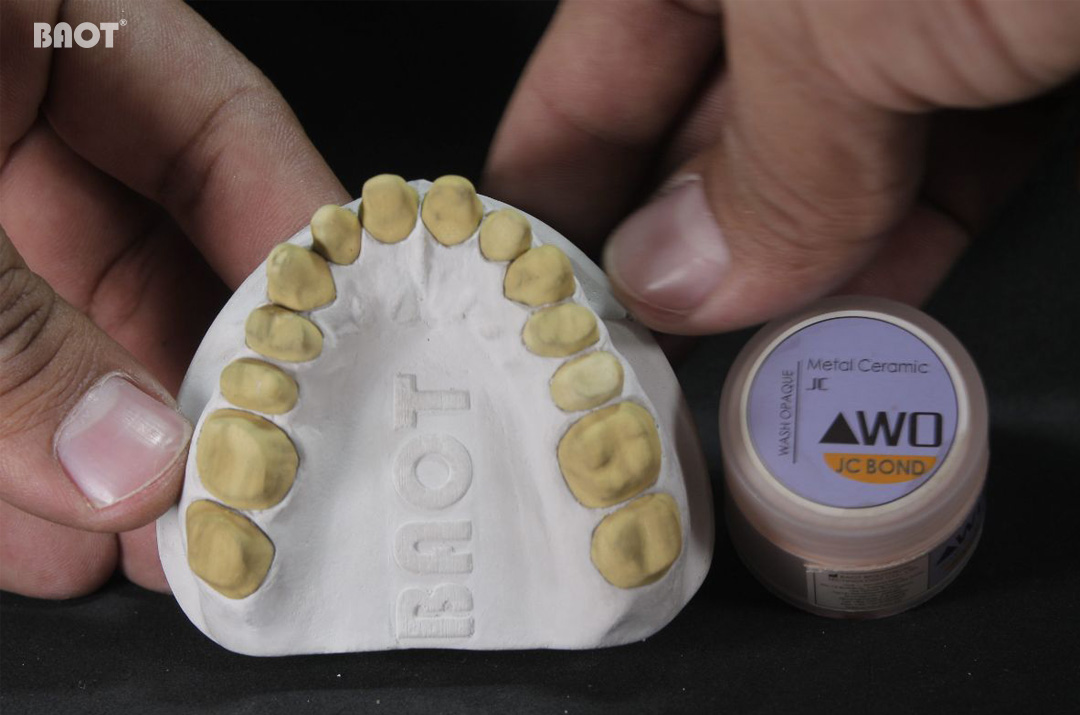How to Avoid Rework in Dental Restorations
Sep 14, 2023

Rework is a common issue in dental restoration, but with careful analysis and preventive measures, we can effectively reduce its occurrence. Here are some common reasons for rework and their prevention:
1. Altering the Occlusal Surface
- Cause: Failure to provide temporary crowns for patients, excessive grinding of occlusal surfaces by technicians, inaccurate occlusion, or failure to remove gypsum nodules affecting occlusion.
- Prevention: Use temporary crowns to maintain occlusion, ensure precise occlusal adjustments.
2. Difficulty in Seating Porcelain Bridges
- Cause: Model deformation, inconsistent gypsum expansion coefficients, rough or displaced abutment teeth, or distortion during the die-cutting process.
- Prevention: Proper impression-taking, attention to gypsum consistency, meticulous abutment preparation, and correct die-cutting techniques.
3. Shade Mismatch
- Cause: Color discrepancies due to errors in shade matching, insufficient abutment tooth reduction, technician errors, or issues with porcelain powder selection.
- Prevention: Accurate shade matching, ensuring adequate abutment tooth reduction, strict adherence to dentist and patient preferences in porcelain powder selection.
4. Unsatisfactory Tooth Appearance
- Cause: Special patient requests, aesthetic differences, or technical shortcomings.
- Prevention: Effective communication with patients to align aesthetic expectations, and continuous improvement of technical skills.
5. Poor Margin Fit
- Cause: Imprecise impressions and die-cutting, inaccurate margin trimming.
- Prevention: Ensuring clear models and accurate die-cutting, precise margin trimming.
6. Margin Blackening
- Cause: Non-standard procedures and issues with masking porcelain powder.
- Prevention: Adherence to standardized procedures, correct application of masking agents.
7. Chipping of Porcelain
- Cause: Occlusal interferences, insufficient space for occlusion, design flaws, or metal-related issues.
- Prevention: Attention to occlusal adjustments, rationalized design, ensuring compatibility between metal and porcelain materials.
8. Metal-Related Problems
- Cause: Contamination, deformities, burrs, or mismatched coefficients of expansion.
- Prevention: Stringent quality control for metal, precise grinding, and ensuring material compatibility.
By taking into consideration these factors and implementing appropriate preventive measures, rework can be effectively reduced, leading to higher-quality and more durable restoration results. Collaboration, communication, and precise technical skills are crucial in dental material production.
